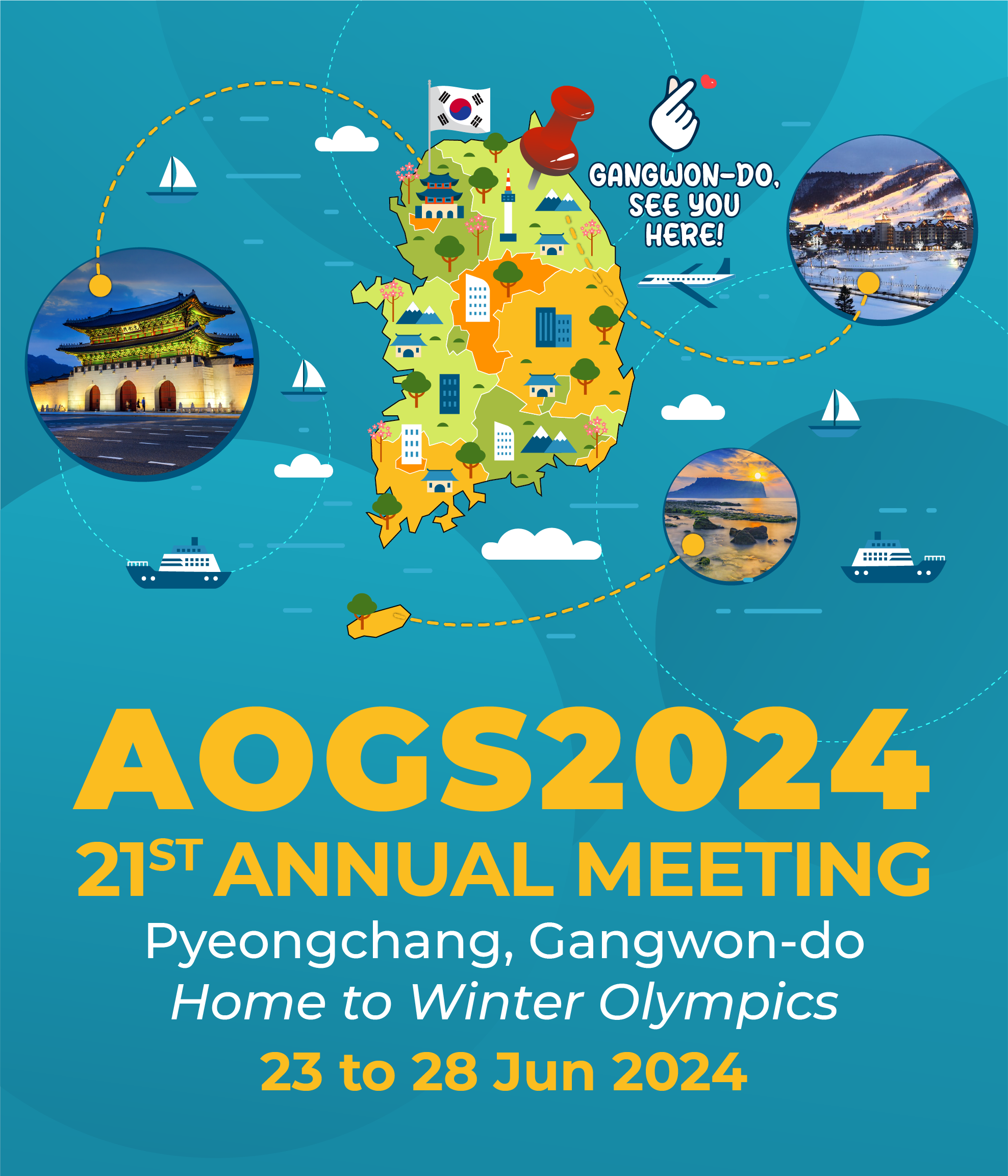
IG Distinguished Lecture | 25 Jun (Tue) 11:00 AM - 12:30 PM | Pyeongchang Hall III, Alpensia Convention Center

Shunichi KOSHIMURA
Deputy Director, Professor,
International Research Institute of Disaster Science, Tohoku University
Co-founder & CTO, RTi-cast, Inc.
Shunichi Koshimura is a Deputy Director and a Professor at International Research Institute of Disaster Science, Tohoku University. His research focuses on "Real-time Disaster Science" which aims to elucidate disaster processes and social impacts of natural disasters by fusion of numerical modeling, earth observation, and geo-informatics with HPCI (High-Performance Computing Infrastructure). Koshimura is a Co-Founder and CTO of RTi-cast, Inc., a university-based technology start-up to offer real-time tsunami inundation damage forecast services to government organizations and commercial clients.
Koshimura received a Ph.D. degree from the Graduate School of Engineering, Tohoku University in 2000. After graduating from Tohoku University, he started his career as a postdoctoral research fellow at Pacific Marine Environmental Laboratory (PMEL), NOAA.
As his research achievements, he has received awards and honors including Coastal Engineering Journal Award, Mohammed El-Sabh Award of Natural Hazards Society, Japan Water Prize, Best Paper Award of Japan Society of Civil Engineers, and the Commendation for Science and Technology by the Minister of Education, Culture, Sports, Science and Technology.
Catastrophic Tsunami Disaster – Its Impact, Disaster Response, and Mitigation
The 2011 Great East Japan earthquake and tsunami disaster revealed many problems in Japan’s disaster management policies, and these have undergone reforms in the years since to promote initiatives for building national resilience in confronting any future disasters. One of the key challenges in the aftermath of a tsunami disaster is identifying its impact and prioritizing disaster response and relief activities. Because of the widespread damage to infrastructure and communication networks, the impacted regions were hampered in addressing the overall damage, sometimes for months. This experience highlighted the need to develop technologies to forecast the regional impact of tsunamis and to utilize forecast information for better and more effective relief and response efforts. Recent advances in high-performance computing and large data sets comprising observations and sensing of tsunami generation, propagation, inundation, and its effects hold out the promise of dramatically improving our understanding of the whole picture of tsunami-affected areas in real-time.
